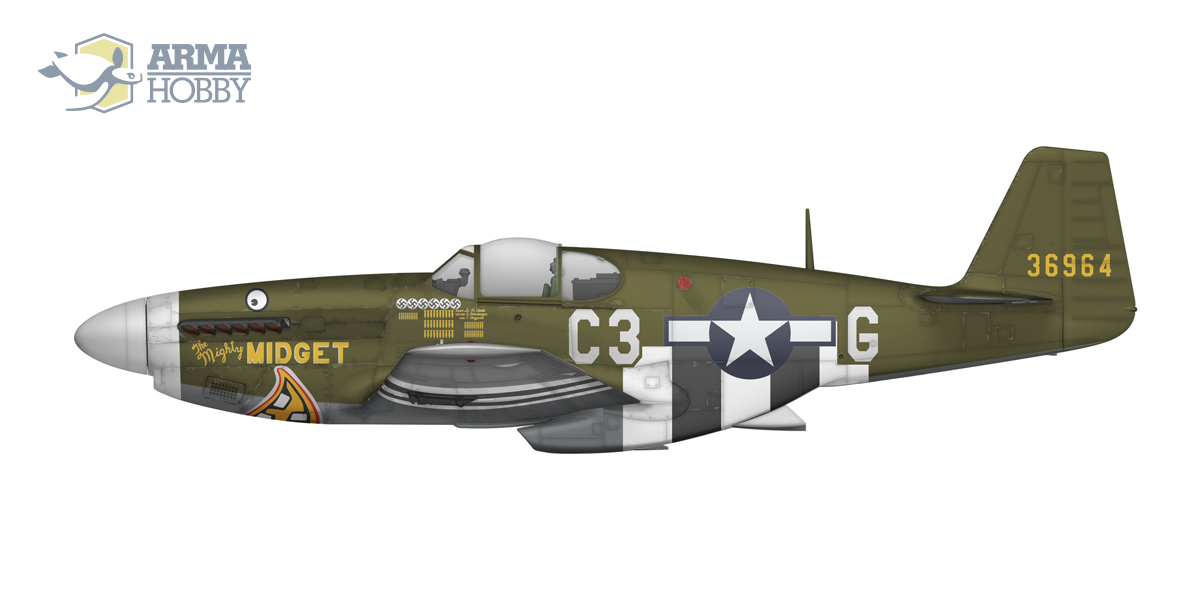 The funniest marking scheme in our 70041 P-51B Mustang kit – “the Mighty Midget” – we have chosen thanks to our company Friend, Jean Barbaud, great fan of aviation, and simultanously a famous French cartoonist and animation movies creator (including worldwide-known series: Il Etait Une Fois… L’Homme/Once Upon a Time… Man… and Il était une fois… la Vie/Once Upon a Time… Life). Jean talked us into this marking, sending us photos, cartoons… We weren’t able to refuse 🙂
The funniest marking scheme in our 70041 P-51B Mustang kit – “the Mighty Midget” – we have chosen thanks to our company Friend, Jean Barbaud, great fan of aviation, and simultanously a famous French cartoonist and animation movies creator (including worldwide-known series: Il Etait Une Fois… L’Homme/Once Upon a Time… Man… and Il était une fois… la Vie/Once Upon a Time… Life). Jean talked us into this marking, sending us photos, cartoons… We weren’t able to refuse 🙂
Jean Barbaud told us his story about “the Mighty Midget” and Lt. Clark:
THE MIGHTY MIDGET was a P-51B from the 382nd Fighter Squadron, 363rd Fighter Group of the 9th Air Force in Europe.
Her Serial number was 43-6964 and her assigned pilot was Lt James Hamilton Clark.
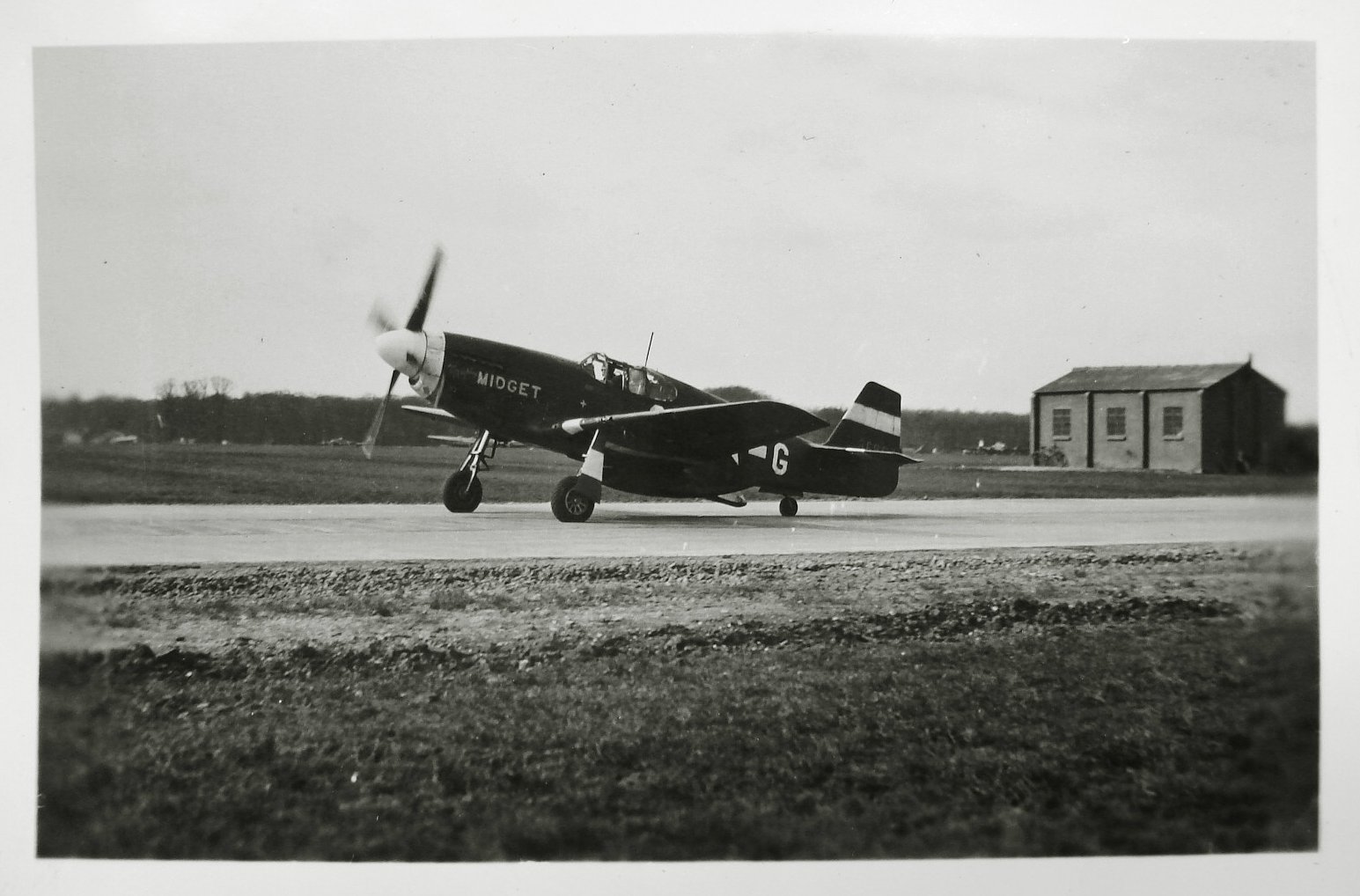
Photo of our Mustang in earlier configuration, before canopy replacement and painting of the “smile”
He married a woman named Marjorie, and her nickname was «Midge» so he gave her nickname to his Mustang, hence the name «The Mighty Midget» !
Lt Jim Clark was an ace with 5 kills, as he destroyed 3 He-111 and 2 Ju-88 bombers (1 probable) during a strafing mission near Frankfurt, Germany, on May 28, 1944. He later shot down 2 Me-109 on July 18 near Falaise, in Normandy.
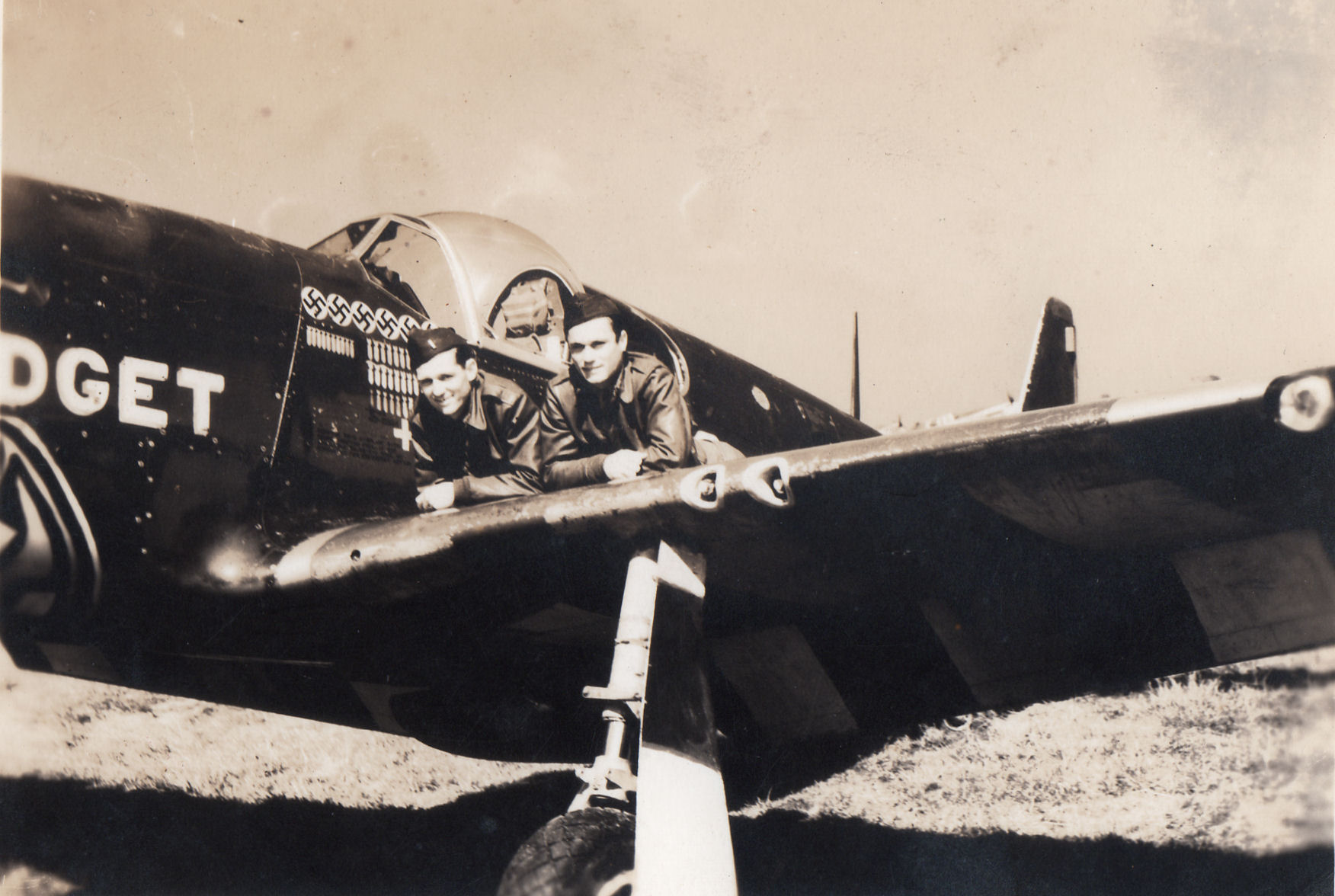
When I researched that strange looking Mustang and her pilot, about ten years ago, I first came across a picture in a «Nose-art WW2» book. Then came the info that this P-51B had crashed on August 13 next to the village of St Martin des Champs, not far from Falaise, and killing the pilot 2nd Lt Chester H Rice… Puzzling.
I also had left a message on the (now defunct) ArmyAirForces forum. Surprise: many months later, somebody wrote an answer telling that his grandfather Jim H. Clark was alive and living in Hawaii! He was the pilot of the Mighty Midget but had’t flown the August 13 mission. Jim Clark didn’t wish to speak again about his time as a WW2 pilot, but I did an artwork displaying his plane over Normandy for the EAA «Warbirds» & the French «FANA de l’AVIATION» magazines.
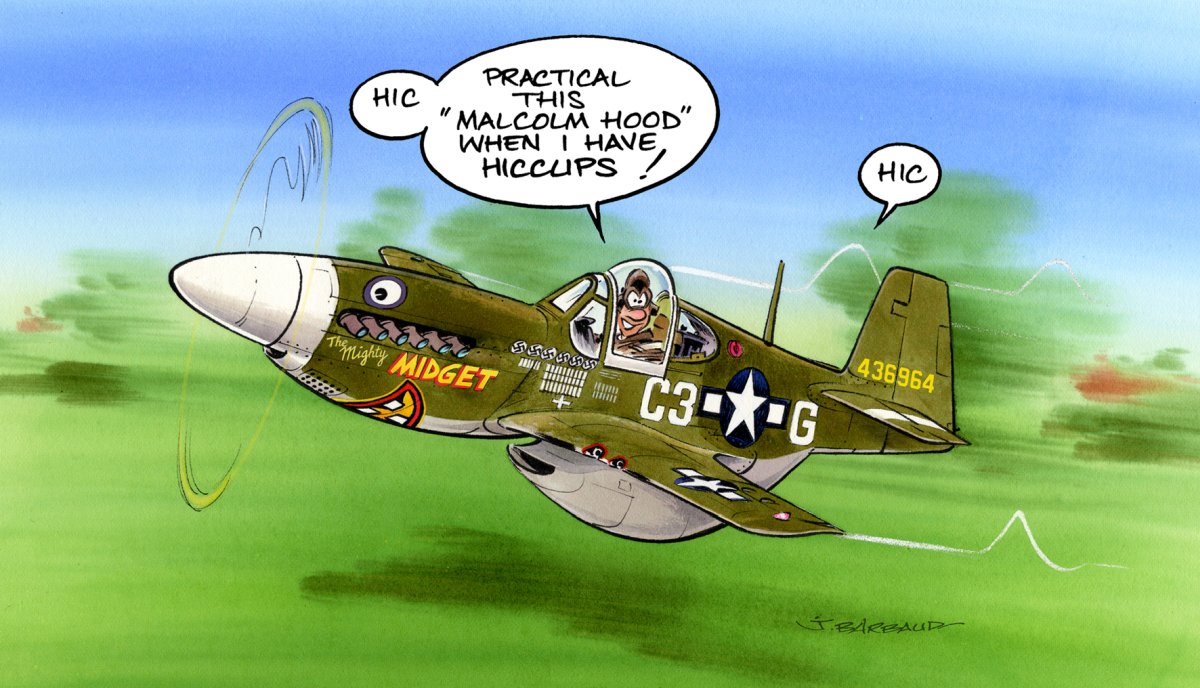
I also sent two copies of the artwork to his address in Hawaii and was blessed to receive one of them autographed by Jim, back in 2015. I also got a picture of him & Midge, during WW2.

Jim Clark in his Hawaii home with Jean Barbaud’s cartoon. ©Jason Clark
Jim Clark passed away some years ago, but who knows, … some more images may surface in the future!
After publication of this article, we’ve got an e-mail from Jason Clark, James’ grandson, who sent us James Clark’s official obituary:James Hamilton Clark, 91, of Haiku, passed peacefully, on April 23, 2014, at his home under care of Hospice Maui.
Mr. Clark was born on August 9, 1922 in Los Angeles, California.
He was a CEO of Hoyt Water Heater Company.
He is survived by his daughter, Candace Johnson; sister, Donna Pollard; seven grandchildren; seven great grandchildren; and 2 great grandchildren on the way.
Mr. Clark was an honored WWII fighter pilot who flew 70 missions, including a flight escorting troop-carrying gliders to inland sites in Normandy on D-Day.
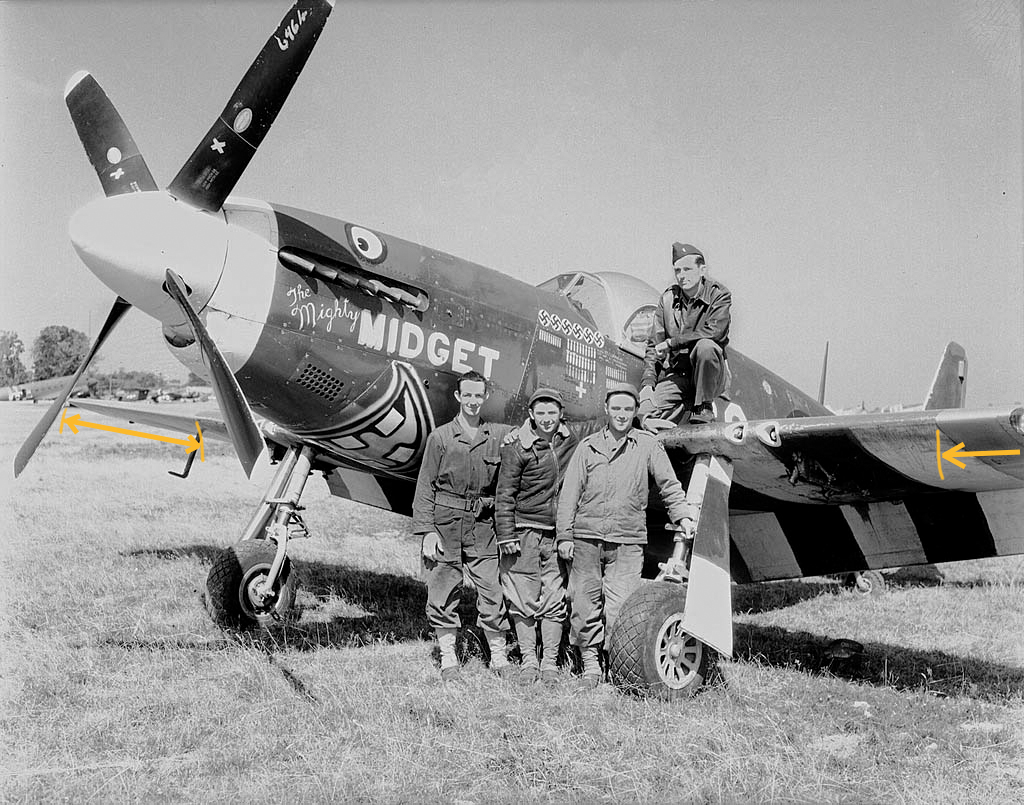
One last note: after closer examination, I came to the conclusion that his Mustang had natural metal wings. This is quite obvious on some pics, and it’s a pity that I couldn’t ask him for confirmation.
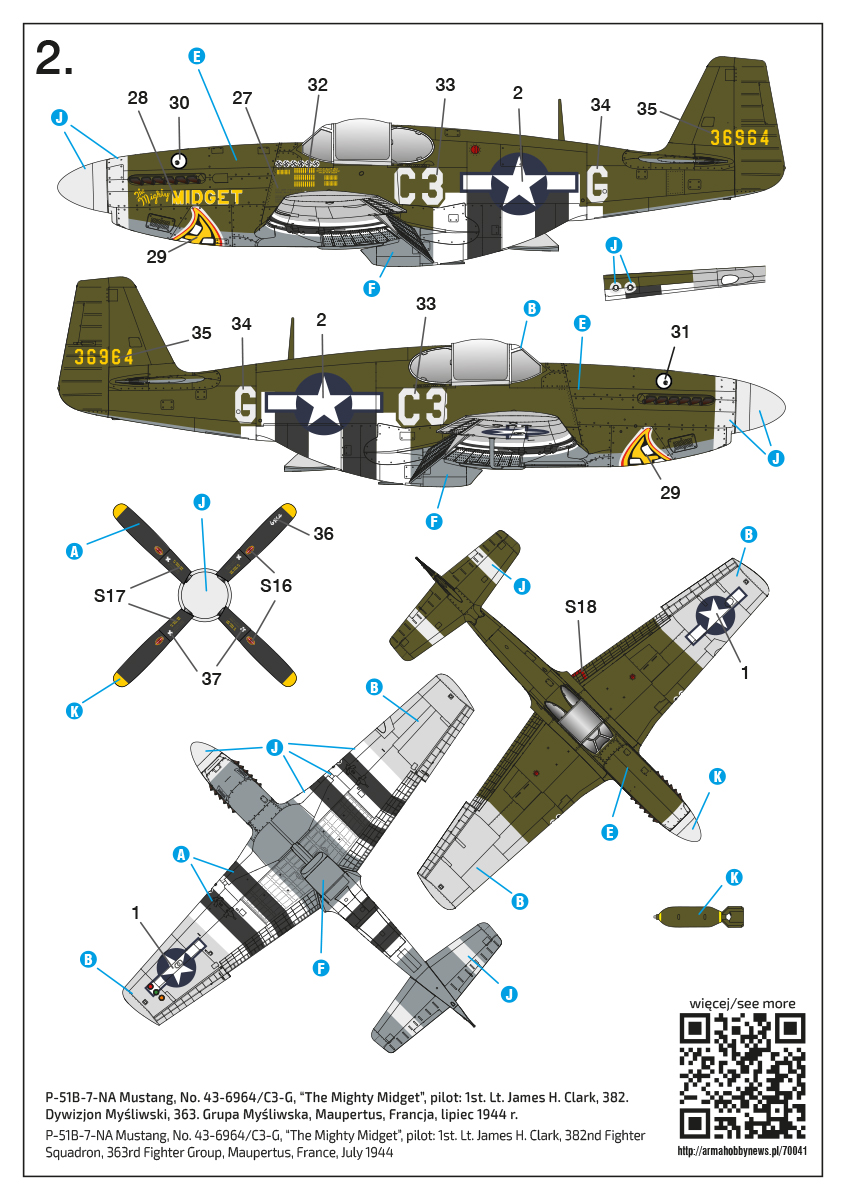
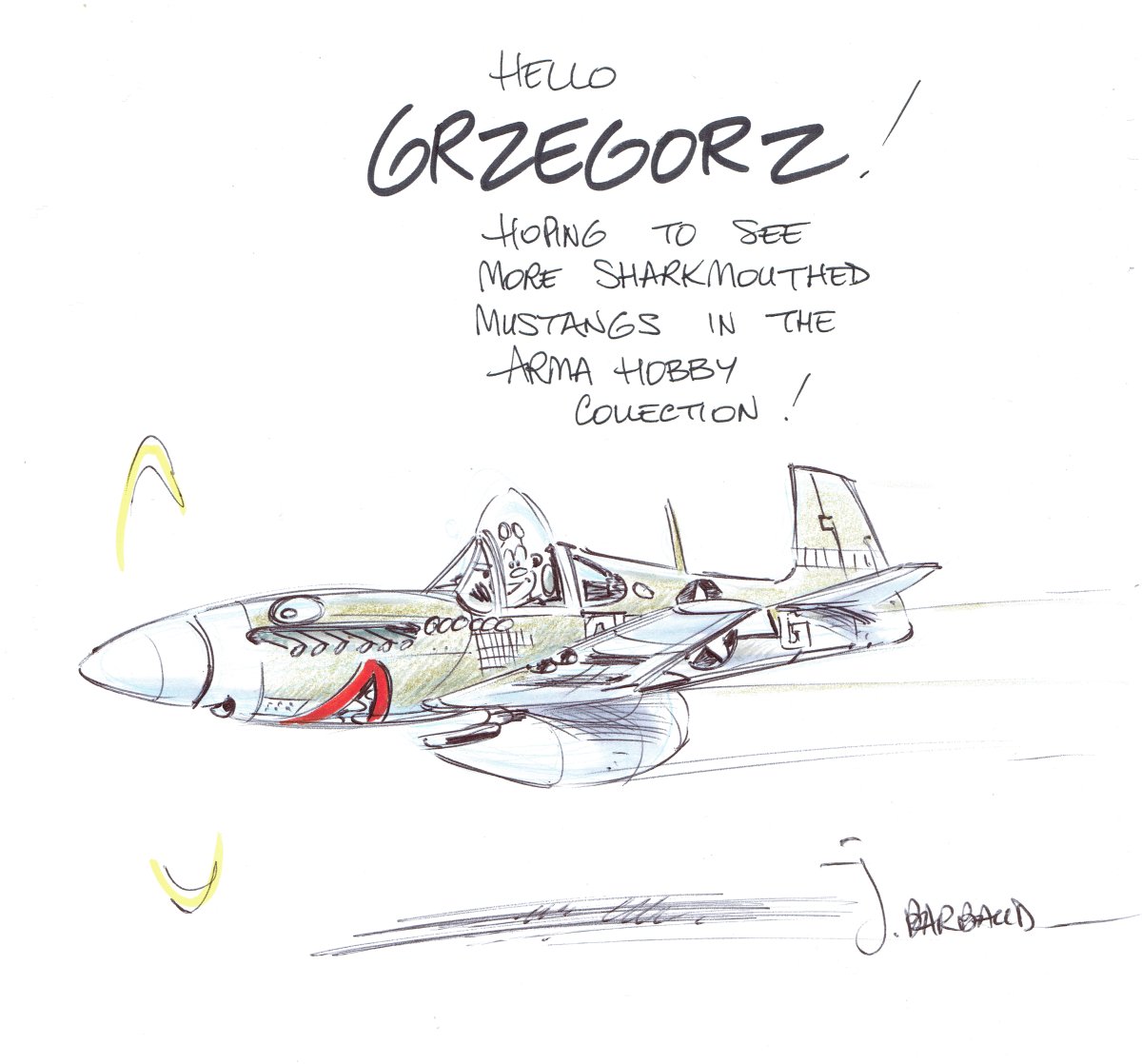
Arma Hobby team thanks Jean Barbaud for friendship and support which he gives us all the time! And for superb cartoons!
See also:
Order P-51B and other Mustang model kits in the Arma Hobby online shop: link
Virtual Editor, guest post publisher. When blog authors fall asleep he works unnoticed to improve website content quality.
This post is also available in:
 polski
polski



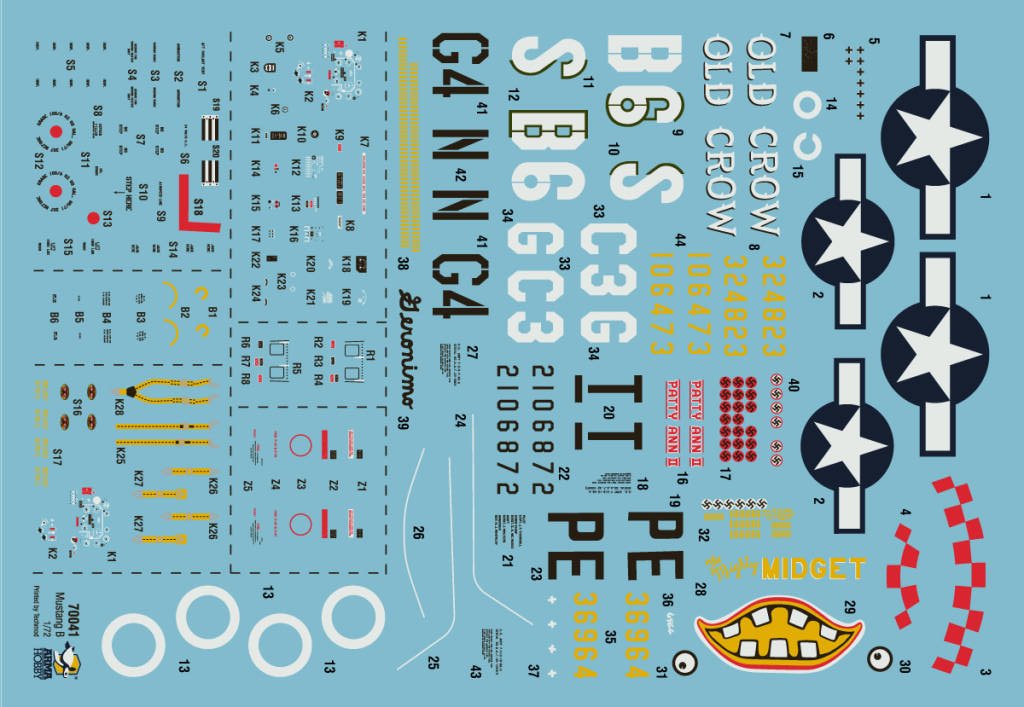
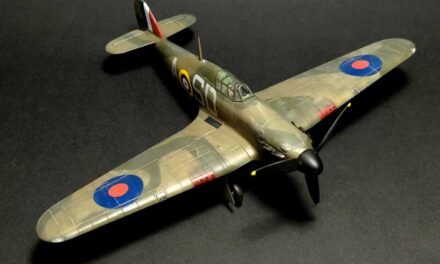

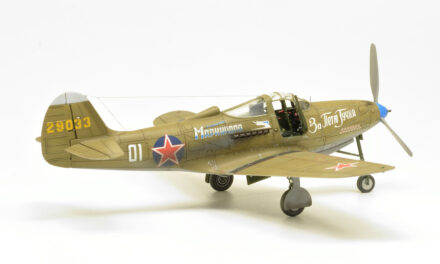
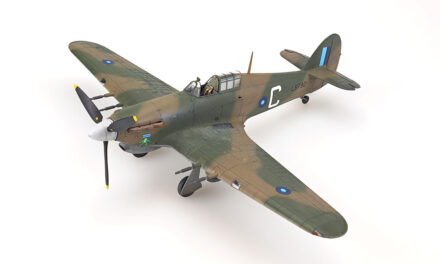
This is the aircraft my father’s cousin 2LT Chester Hugh Rice was killed on August 13, 1944 when he and his wingman 1LT Del Hudson collided while straffing a Germany Army truck convoy. Both were killed. LT Rice’s older brother and only sibling was killed in March 1944 in the crash of his B-24 in India when an engine failed on takeoff and an emergency landing in a rice paddy was unsuccessful.
My dad was a B-24 pilot in Europe.
This is really amazing but also sad story. So many guys have died so young. Thank you for sharing the story and the photo!
Note that the panel before the smile is completely olive drab (OD) and the upper inner wings in OD were done to cover the invasion stripes (probably easier that stripping the invasion stripes along with the silver paint then reapplying the silver once putty work was completed). A modeler may want to show the remnants of the overpainted invasion stripes for more visual interest.
Thanks for the info, Saul. Good catch, regarding the front lower panel ! Will have to rework some parts on my artwork ;-))